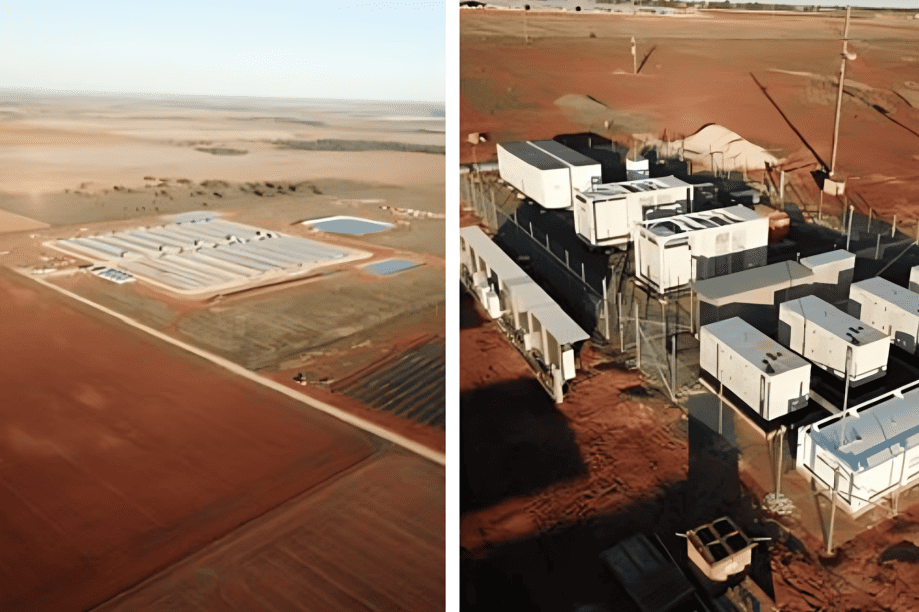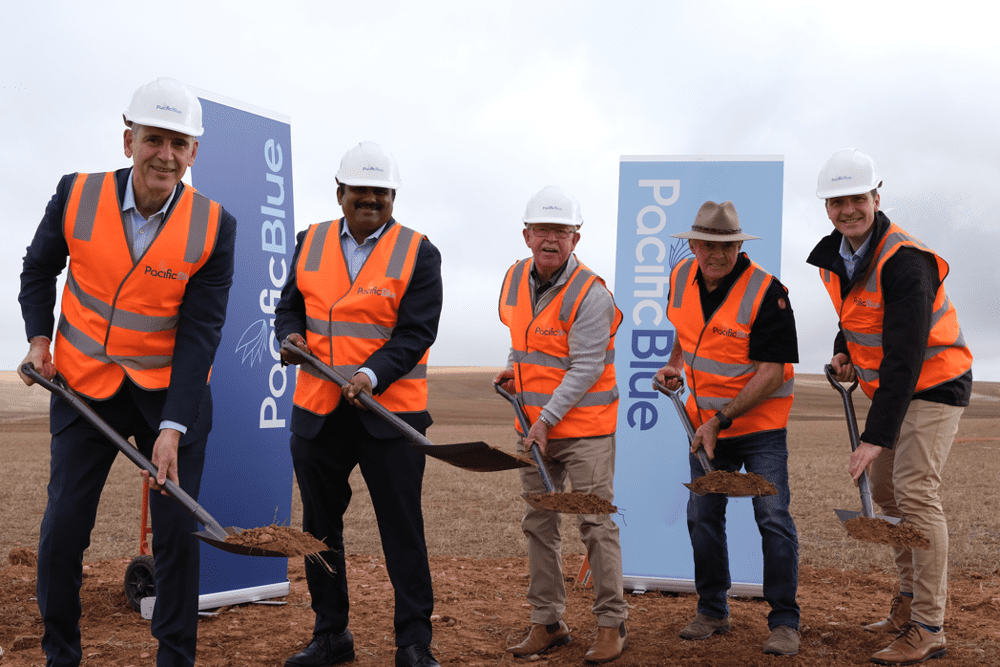
New research by the Australian Hydrogen Centre shows renewable hydrogen can be a vital part of Australia’s clean energy transition by using existing gas distribution networks to deliver carbon-free gas to Australian homes, businesses and the industry.
Renewable hydrogen generated from renewable electricity is a technically and economically feasible pathway for Australia’s clean energy future.
The report, based on rigorous and independent economic and commercial assessments across the full renewable hydrogen value chain, shows how policy settings can foster the development of a substantial new renewable energy source, retaining the ability for Australians to access safe, reliable, affordable and sustainable energy in much the same way as they do today.
Australian Gas Infrastructure Group CEO Craig de Laine said the reports show the significant role renewable hydrogen delivered through existing gas distribution networks can play to help reduce carbon emissions.
“We have always said there is no single solution to the enormous task of decarbonising our homes and businesses – and we need more options, not fewer, to give us the greatest chance of achieving Australia’s emissions reduction targets while also maintaining the security, reliability and diversity of energy supply the community expects,” said de Laine.
Renewable gases such as renewable hydrogen and biomethane play a critical role in ensuring a smooth transition, creating new jobs and industries and as a low carbon energy choice for Australians.
de Laine stated that allowing customers to continue to choose how they decarbonise should remain a fundamental part of Australia’s energy system moving forward.
“As a result of investment over the last two decades in our world-class infrastructure, our existing gas distribution networks is ready today to deliver renewable hydrogen, with much of our distribution network already ready for 100 per cent renewable hydrogen.
“All of our networks are set to be 100 per cent hydrogen-ready in the near future with minor incremental investment,” said de Laine.
The report displays a 10 per cent blend of renewable hydrogen in AGIG’s distribution networks can be a completely positive pathway for carbon emissions reduction.
Furthermore, Australia has the potential to unlock a cost-efficient pathway towards 100 per cent renewable hydrogen — making the most of the existing built infrastructure to help deliver the transition.
Approximately 4,000 AGIG domestic gas customers are already using blended renewable hydrogen gas in South Australia through AGIG’s Hydrogen Park facility in South Australia, and the gas is reported to have the same high levels of performance, safety, reliability and convenience as natural gas.
In the long term, the transition to renewable hydrogen can deliver significant economic dividends as production costs decreases.
Using existing technology to produce and supply 100 per cent hydrogen can result in stable energy bills similar to projections of customer bills from 2021, excluding any cost of carbon or technology breakthroughs — which would put additional downward pressure on costs.
“Transitioning our gas networks to supply renewable hydrogen has significant potential to deliver long-term economic benefits for Victoria and South Australia, with the report finding 10 per cent hydrogen could create more than 700 new jobs during construction and more than 150 new jobs ongoing.
“Achieving 100 per cent hydrogen across both states could create nearly 18,000 new jobs – 12,000 new jobs during construction and more than 5,500 new jobs ongoing,” said de Laine.
Support from several state governments has enabled AGIG to make key investments in a number of renewable gas projects, including Hydrogen Park South Australia — Australia’s first and largest operating electrolyser — along with other projects underway, such as Hydrogen Park Gladstone in Queensland and Hydrogen Park Murray Valley in Victoria.











